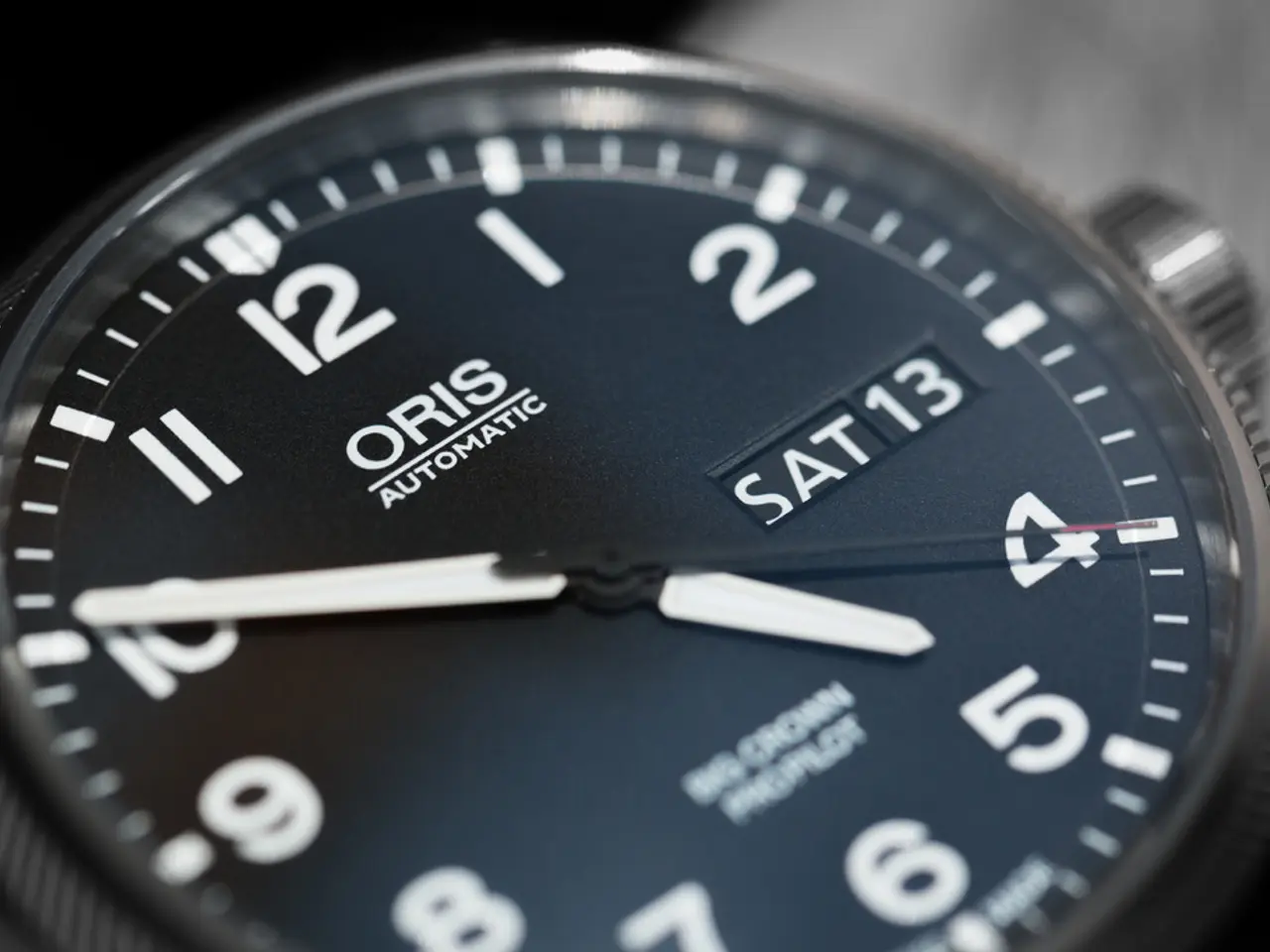Top 5 High-Quality Wrist Blood Pressure Trackers
When it comes to monitoring blood pressure, accuracy and user-friendliness are key factors to consider. Here's a comprehensive guide to help you choose the best wrist blood pressure monitor.
Clinical Validation and Accuracy
Select a device that is clinically validated and reliable. FDA clearance is important, but it doesn't guarantee accuracy. Comparing readings with your doctor's device can help ensure precision.
Proper Cuff Fit and Size
The cuff should fit snugly around your wrist without clothes in between. A properly fitting cuff is crucial for accurate readings. Some monitors alert you if the cuff is too loose or tight, which helps avoid measurement errors.
Ease of Use and Clear Display
Look for a device with a straightforward interface, large backlit screen, clear numbers, and simple buttons. This enhances usability, especially for first-time users or elderly people.
Positioning Guidance
Wrist monitors require the cuff to be held at heart level to get an accurate reading. Monitors that guide or remind you to keep your wrist steady and at the correct height are preferable.
Memory and Multi-user Storage
Devices with built-in memory to store past readings and multiple user profiles help track progress and share the monitor among family members.
Connectivity Features
Consider smart features like Bluetooth or Wi-Fi connectivity to sync data to mobile apps for better monitoring. Features such as irregular heartbeat detection and color-coded displays can add value.
Portability and Power Options
A compact, lightweight design with convenient power sources (battery and/or adapter) helps if you travel frequently or need mobility.
Voice Output (Optional)
For accessibility, especially for visually impaired users, monitors with clear voice output and adjustable volume are helpful.
Summary Table
| Factor | Importance for Accuracy/User-friendliness | |----------------------------|--------------------------------------------------------------| | Clinical Validation | Ensures reliable and precise readings | | Proper Cuff Fit | Avoids measurement errors due to incorrect cuff application | | Clear Display & Controls | Simplifies operation and reading interpretation | | Positioning Guidance | Ensures wrist is at heart level for accurate readings | | Memory & Multi-user | Tracks history and accommodates multiple users | | Connectivity Features | Enables data syncing and detailed monitoring | | Portability & Power | Facilitates use on the go and convenience | | Voice Output (if needed) | Enhances accessibility for users with visual impairments |
Taking these factors into account will help you select a wrist blood pressure monitor that balances accuracy with ease of use and practical features.
Recommended Models
- The MOCACuff Connected Blood Pressure Monitor, with FDA clearance and a color-coded indicator, allows people to wirelessly sync their measurements on their smartphones and share results with physicians, friends, or family members.
- The Paramed Automatic Wrist Blood Pressure Monitor features a large display with backlight, an irregular heartbeat indicator, and provides readings in 30 seconds. It also offers a day and time display and automatically shuts off after 1 minute to save battery energy.
- The MIBEST Wrist Blood Pressure Monitor comes with a 2-year warranty, an adjustable cuff of 5.3-8.5 inches in diameter, a large backlit screen, and a low power consumption. It also offers silent measurement, bilingual voice broadcast, and an irregular heartbeat detector.
Important Considerations
- Wrist and finger blood pressure monitors may provide inaccurate results, according to the American Heart Association.
- Wrist blood pressure monitors measure two types of pressure: systolic and diastolic pressure.
- It's important to compare different devices and customer reviews before purchasing a wrist blood pressure monitor.
- Wrist blood pressure monitors can be beneficial for individuals with arthritis or reduced mobility, and some models allow for sharing results with doctors.
By considering these factors, you can make an informed decision when choosing a wrist blood pressure monitor that suits your needs.
- Incorporating clinical validation ensures a reliable and precise wrist blood pressure monitor, furthering the accuracy of the device.
- Proper cuff fit is essential for avoiding measurement errors, as a snug fit around the wrist without clothes in between is crucial for accurate readings.
- Devices with straightforward interfaces, large backlit screens, clear numbers, and simple buttons facilitate ease of use and clear display, crucial for first-time users or elderly people.
- Reminders and guidance on maintaining the correct positioning of the wrist for heart level readings can prevent errors in measurement with wrist monitors.
- For comprehensive tracking and multi-user storage, wrist blood pressure monitors with built-in memory for past readings and multiple user profiles are advantageous in health and wellness management.




